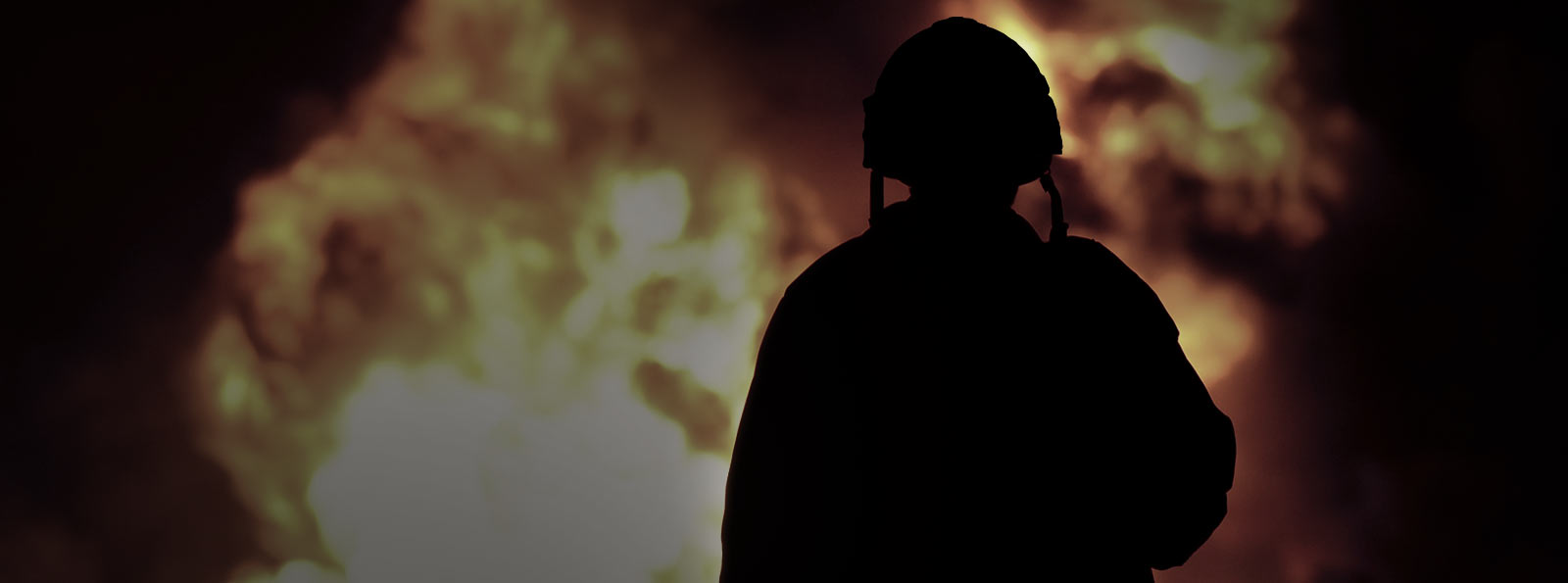



“I submit publicly and for the record that the Veterans Charter failed us.”
– Thomas MacEachern, widower of Cpl. Leona MacEachern

Canada's Veterans Ombudsman Guy Parent speaks after releasing the Report on the New Veterans Charter and Actuarial Analysis Tuesday October 1, 2013 in Ottawa.
Most of the soldiers in this series will be medically released for PTSD, or have been already. Others with the diagnosis face the same fate.
So what happens to their benefits and support systems once they become veterans?
They fall under the New Veterans Charter, which some soldiers with PTSD and family members say is failing them.
For months, a Parliamentary committee has been reviewing the document that lays out the compensation system for this country’s veterans, including health and disability benefits, rehabilitation and job programs.
Instituted in April 2006, the charter has come under attack for changing the disability award for veterans from monthly lifetime payments to a “lump sum” that maxes out at $285,000.
That system changed in 2011, when veterans were given the option of yearly payments or a combination of the two. Before that, veterans were given monthly payments, which many advocates argue amounted to hundreds of thousands – if not millions – over the years.
But for widowers like Thomas MacEachern, this isn’t good enough.
MacEachern’s wife, Cpl. Leona MacEachern, killed herself last Christmas when she drove into oncoming traffic near Calgary. She was suffering from post-traumatic stress disorder (PTSD) and was not receiving enough support, her family contends.

Dec. 25, 2013 - Retired Cpl. Leona MacEachern, a 20-year veteran with the Canadian Armed Forces, died on Christmas Day 2013 in a head-on collision west of Calgary.
“From where I sit, this review obviously did not come soon enough,” MacEachern told the committee this month.
MacEachern said the review, directed by Veterans Affairs Minister Julian Fantino last November, focused on three topics: care and support to seriously injured veterans, support to families and improvements in the way the government delivers programs and services.
“I submit publicly and for the record that the Veterans charter failed us on all three counts,” MacEachern said.
The charter review wraps up this week and the committee hopes to file a report to the minister before May, said NDP MP Peter Stoffer.
It’s the first time the document has been extensively reviewed by the committee.
Stoffer believes there are seven to 10 recommendations to be made, including increasing amounts for those who have lost income or have been permanently or severely impaired, and improving the process of how benefits are delivered.
“If there are gaps out there now or in the future, we can fill them up. But it’s going to take, from the government, financial and human resources extra than what they have now,” he said.

NDP MP Peter Stoffer listens to a veteran speak.
“If it’s applied generously, the way that we were told it would be, the New Veterans Charter is more beneficial than the previous package that was there. The problem was, of course, is if you gave individual soldiers a lump sum and nothing else, then obviously the previous system was much more generous. And therein lies the problem.”
Conservative MP Laurie Hawn, who also sits on the committee, agrees the government needs to improve the way it delivers services to veterans.
But he said the government has already started making fixes, including adding more flexibility to the lump sum payment.
“There needs to be more changes. And there’s a lot there. People are sort of concentrating on lump sum. There’s an awful lot more than the lump sum.”
Hawn said he wants to improve the way veterans access benefits and resources. One idea floated by Liberal Senator Romeo Dallaire, is to merge veterans affairs with the department of national defence, for easier access once a member leaves the military.
“There’s a ton of benefits there. We just make it more difficult in my view than it needs to be to get them,” Hawn said.
“We also make the burden of proof, in my view, too high.” He says the department operates with an “insurance company mentality.”
“They make damn sure that you qualify for the payment before they give you the payment. I would like to see that more as a benefit of the doubt….If a veteran comes in with a claim and it seems reasonable and he’s not obviously gaming the system, then get the benefit going.”
Fantino told the committee last month he looks forward to its findings. He noted that Veterans Affairs spent approximately $700 million more annually in 2013 than it did in 2005.
A department spokesman said in an email that prior to the New Veterans Charter, there was no focus on workforce reintegration and successful transition to civilian life.
“The [charter] shifted the focus from disability to ‘well-being’ to respond to the rehabilitation and re-establishment needs of modern day veterans,” Simon Forsyth wrote in an email.
“It introduced a suite of benefits not previously available; provided support for both non-economic and economic loss; and went far beyond simply providing financial compensation.”
Approximately 47,000 Canadian Armed Forces veterans and their families have received support under the charter since 2006, he said.
But for advocates like Mike Blais, it’s the government’s attitude that has to change.
Blais is part of a group of veterans that wants the government to fulfill its “sacred obligation” or social contract with veterans – a position the government has argued against in court.
He’s calling on the government to return the “earnings loss benefit,” a program that ensures veterans’ income does not fall below 75 per cent of their pre-military salary, to a full 100 per cent. And he wants it applied retroactively to 2006.
“Those men and women who went to war believed that there was a sacred obligation, that there was a standard that would be maintained. And this government, through the New Veterans Charter, abandoned that,” he said.
“They wouldn’t be doing a comprehensive review were there not enough public criticism of the system.”
By: Laura Stone, Global News
—
If you or someone you know is in crisis and needs help, resources are available. In case of an emergency, please call 911. 911 can send immediate help. For a list of available mental health programs and services around Canada, please refer to the list here.